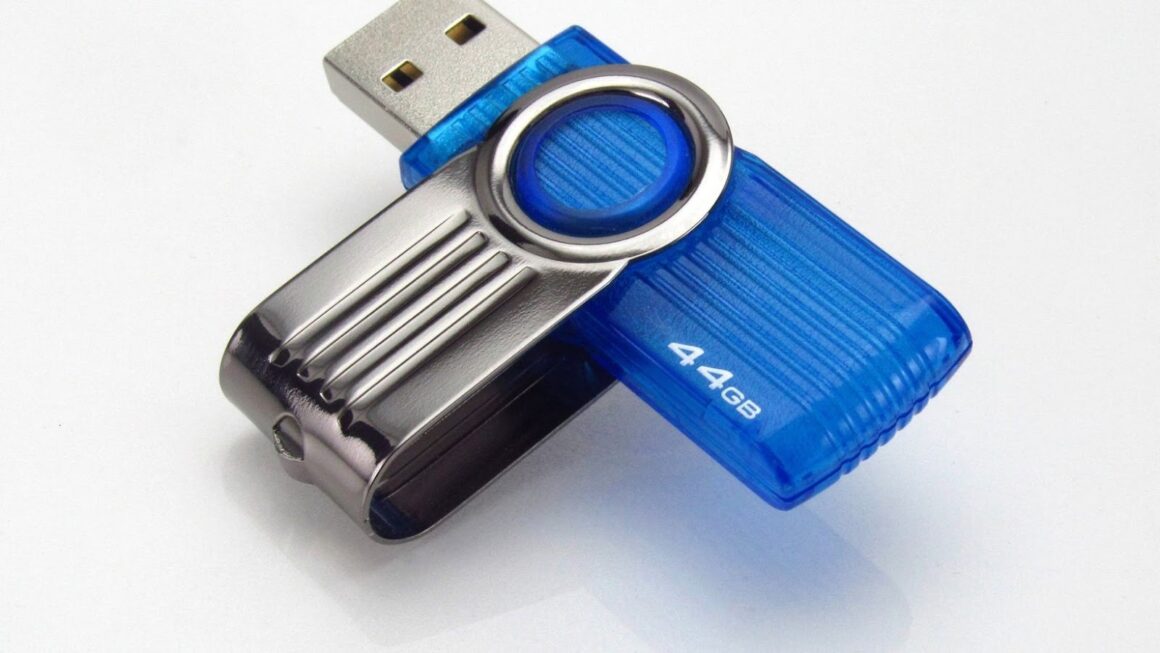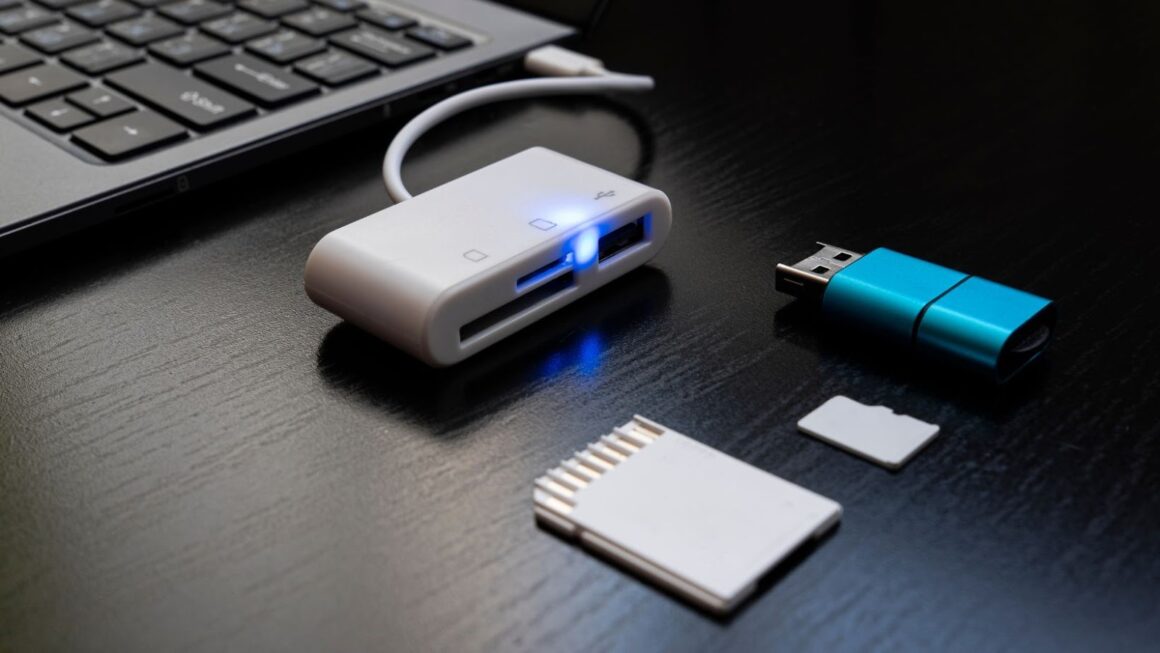
Photographers, illustrators, and other visual creators are the artists of our time. Their job is to capture the right moment, make a logo that stays in people’s heads, or create content that stops doom scrolling and entices engagement. There’s a reason why the saying goes: “A picture is worth a thousand words.” That’s why Instagram became so popular, and even YouTube added posts with images.
It’s also why if you work with digital art, you need to know how to archive properly. Some of the pictures you create may never be used again. Sometimes, your clients will delete an image and pay good money to have it again. Because you never know what can happen, you need to have a vast archive, at least for some time.
Here are some tips for archiving your picture library:
Choose Your Storage Method
The simplest method for storing all your files is on the device you’re using—your camera, computer, or laptop—but that will run out of memory quickly. The second step is to get an external hard drive, a USB, or an SSD and use that as your main type of storage.
However, there’s a downside to having all of your work in a single physical space—you can’t access it from anywhere. The next step is to get cloud storage—Google Drive, Google Photos, Dropbox, Apple Photos, or other trustworthy platforms. This way, you will easily access all your pictures from a phone, tablet, or computer.

Organize Your Files
If you keep piling all your pictures in a single folder, you’ll go crazy quickly. You won’t be able to find the file you want when you want it. You’ll get lost and have to scroll through hundreds of images before finding the right one. A sound organizational system is crucial to manage your digital asset collection. The most basic level is organizing by year. Then, you can dive deeper into location, occasions, or specific clients. You can also sort by a specific subject. Another tip is to keep a naming standard. Pick something intuitive and use it for every file.
Backup Files
When working with digital files is your primary job (or even if it is a hobby), you must, must, must have backups. Before archiving, get a storage device that you’ll specifically use as a backup. Make a copy on the cloud, too.
It’s not expensive, especially if you think of the entire process like insurance—you buy it with the hopes of never using it. But if the time comes, you congratulate yourself for thinking ahead. Backups streamline your processes and keep your work safe.
Pay Attention To Security
If you’re a digital artist in the crypto space making NFTs, you probably have a target on your back. Cybercriminals are always on the lookout to drain your wallet unless you know what is a VPN. The virtual private network will protect your IP and make it harder for hackers to track you.
Next come antivirus programs. Hackers can also add malware to images as part of an attack called stegosploit and take control of your devices. If you’re an image editor, you might also deal with USBs and external hard drives that can contain malware. A combo of antivirus and VPN will keep exploits at bay.
Delete The Bad Files
Many photographers, creators, and digital artists use the delete-as-you-go strategy. When you organize files, consider whether each file is worth saving. For example, if you took 15 images of the bride and the groom kissing, you don’t need them all. Delete the ones that are the exact doubles, blurry, have funny faces, or have your finger in the corner.
Sometimes, the decision between two pics is hard. Slight differences, unlike flaws, are okay to keep and archive. In the end, your client might change their mind and ask you for an alternative. You don’t want to say you deleted it.
Keep Images That Move You
Art is subjective. As an artist, you need to let your feelings guide you. Sometimes, an image will strike an emotion in you – keep that one and archive it. Usually, your gut will tell you which images stand out most, and you’ll develop that feeling over time.
You’ll be flashing photos while everyone’s having the time of their life. Don’t delete images when someone comes over and asks you to do it because their hair looks funny. When they wake up tomorrow, that might be the winning pic they publish on Instagram!
Select a File Format & Perform Maintenance
Archiving means compressing. You don’t want to keep a raw copy of every image when you can convert it into a PNG or a TIFF and save memory space. The files will be the same quality without any compression artifacts.

Regular maintenance ensures you remember to create backups, know how much storage you have left, and stay on top of trends. From time to time, test the archive and see if it works properly. That will help you create a routine and stick to it.


